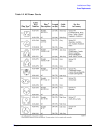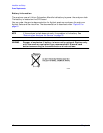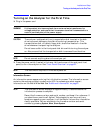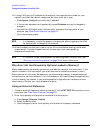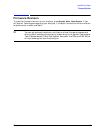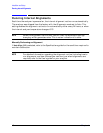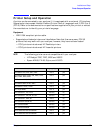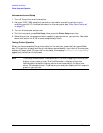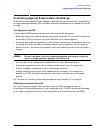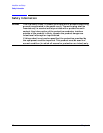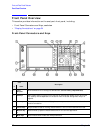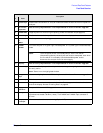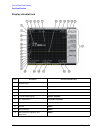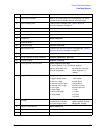
Chapter 1 19
Installation and Setup
Protecting Against Electrostatic Discharge
Protecting Against Electrostatic Discharge
Electrostatic discharge (ESD) can damage or destroy electronic components (the possibility
of unseen damage caused by ESD is present whenever components are transported, stored,
or used).
Test Equipment and ESD
To help reduce ESD damage that can occur while using test equipment:
• Before connecting any coaxial cable to an analyzer connector for the first time each day,
momentarily short the center and outer conductors of the cable together.
• Personnel should be grounded with a 1 M
Ω resistor-isolated wrist-strap before touching
the center pin of any connector and before removing any assembly from the analyzer.
• Be sure that all instruments are properly earth-grounded to prevent build-up of static
charge.
WARNING Do not use these first three techniques when working on circuitry
with a voltage potential greater than 500 volts.
• Perform work on all components or assemblies at a static-safe workstation.
• Keep static-generating materials at least one meter away from all components.
• Store or transport components in static-shielding containers.
• Always handle printed circuit board assemblies by the edges. This reduces the
possibility of ESD damage to components and prevent contamination of exposed
plating.
For information on ordering static-safe accessories, see “Accessories” on page 66.
Additional Information about ESD
For more information about ESD and how to prevent ESD damage, contact the
Electrostatic Discharge Association (http://www.esda.org). The ESD standards developed
by this agency are sanctioned by the American National Standards Institute (ANSI).



